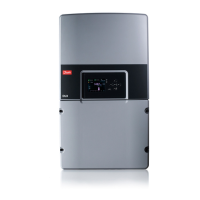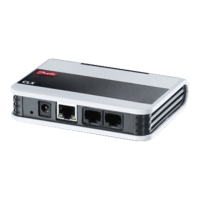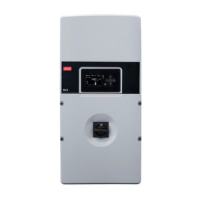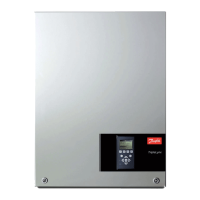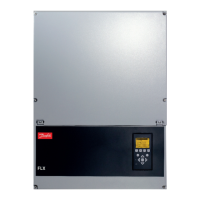MG.20.B6.02 – VLT is a registered Danfoss trademark
VLT
®
2000 Series
30
How to size your VLT
Selection of frequency converter
Usually the size of frequency converter is chosen on
the basis of the shaft output, as this may be the only
value known. However, if the data are known for both
the application, the motor and the frequency converter,
it is recommended to make a more accurate sizing.
The values must be based on the rated motor speed.
VLT 2000 only operates according to the CT
(constant torque) characteristic
Sizing when you know the motor current
Exercise
Conveyor plant with a 1.1 kW, 3 × 380 V motor. At
continuous operation the motor current is 2.5 A
( 3 × 415 V).
Solution
From the table on the next page you can see that a
VLT type 2025 can yield 2.8 A at continuous opera-
tion. The right solution is therefore VLT 2025.
Sizing on the basis of the apparent power S
M
[kVA] consumed by the motor
Exercise
A motor must yield constant torque at continous
operation. Usually the necessary values will appear
from the motor plate or from the motor catalogue.
Solution
From the table on the next page you can see that VLT
type 2025 can yield 2.0 kVA (415 V) at continuous
operation. The solution is therefore VLT type 2025.
Read values
Motor current = 2.5 A (3 × 415 V)
s
M
=
U × I × √3
[kVA]
1000
=
415 × 2.5 × √3
[kVA]
1000
= 1.8 kVA
Sizing on the basis of the power requirement
P
VLT
[kW] of the motor
Exercise
A machine tool is driven by a 3 kW motor. The power
requirement is indicated to be 2.4 kW. The motor
efficiency η is 0.80, cos ϕ = 0.81 and the motor volt-
age is 3 x 415 V.
η and cos ϕ are measured at 3 kW output. We
estimate η and cos ϕ to be approximately the same
at 80 % load.
Solution
From the table on the next page you can see that VLT
type 2040 can yield 4.0 kVA (415 V) at continuous
operation. The right solution is therefore VLT type 2040.
S
VLT
=
P
m
η × cos ϕ
=
2.4 kW
0.80 × 0.81
= 3.7 kVA
■
■
■
■
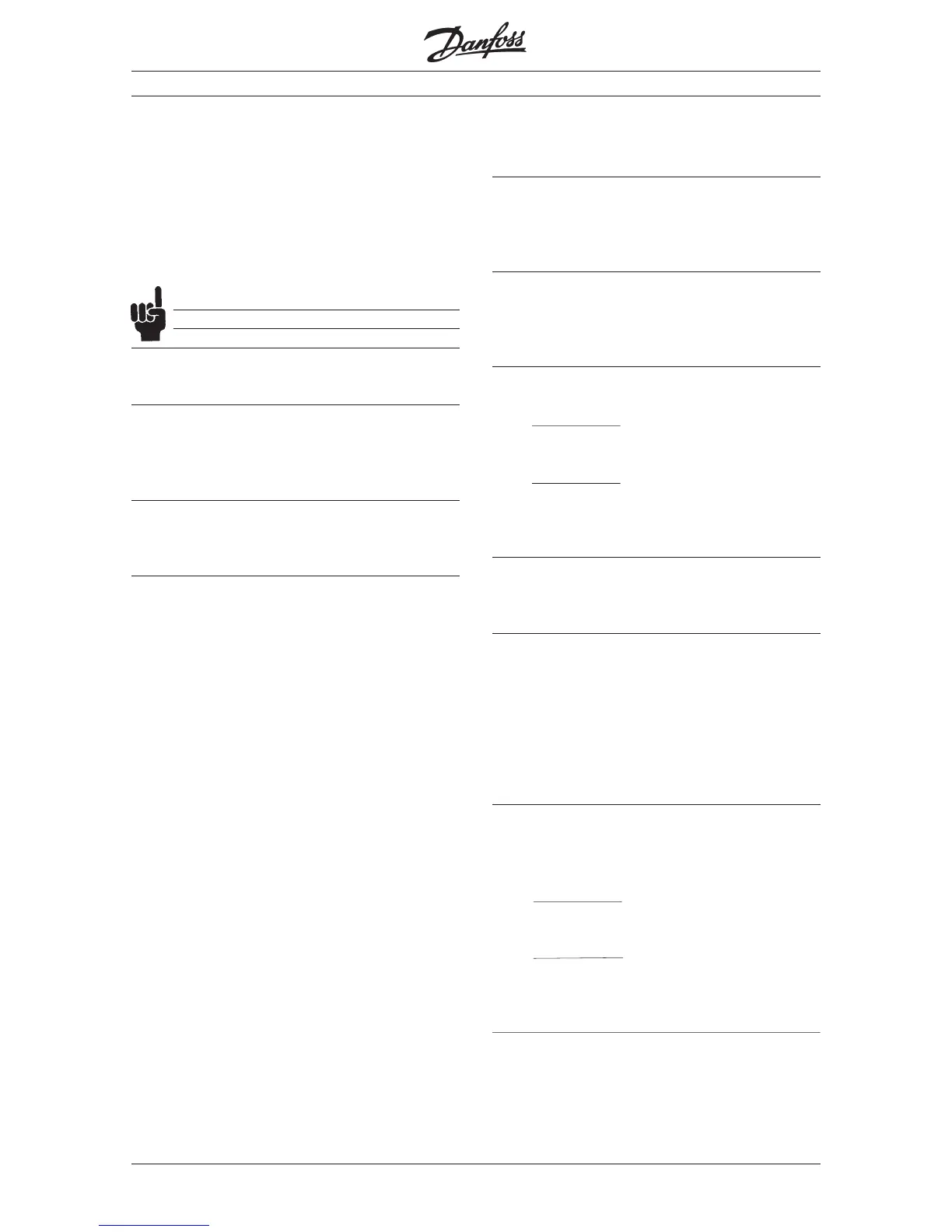